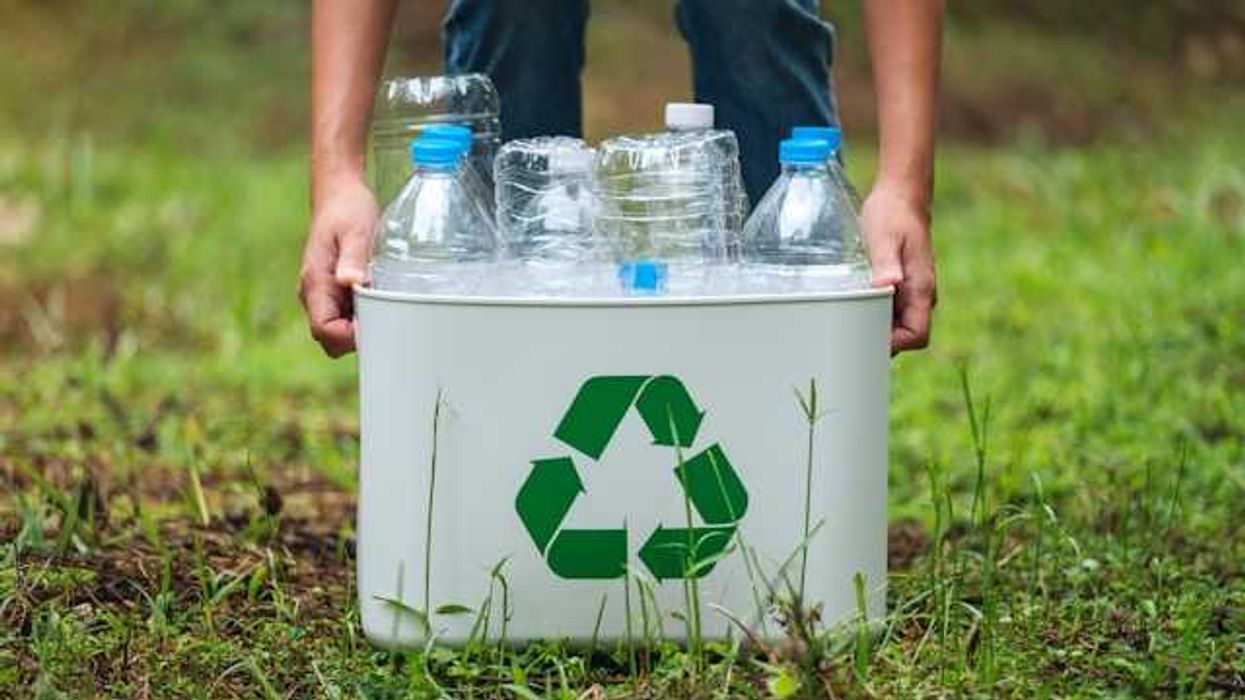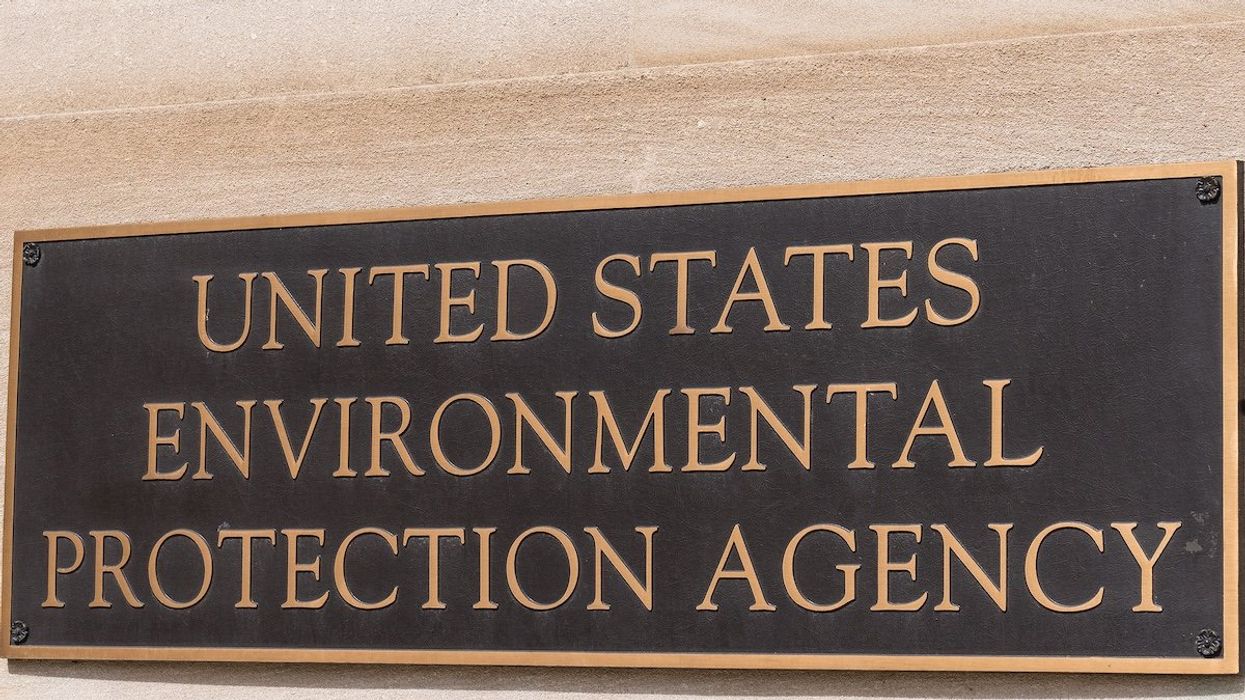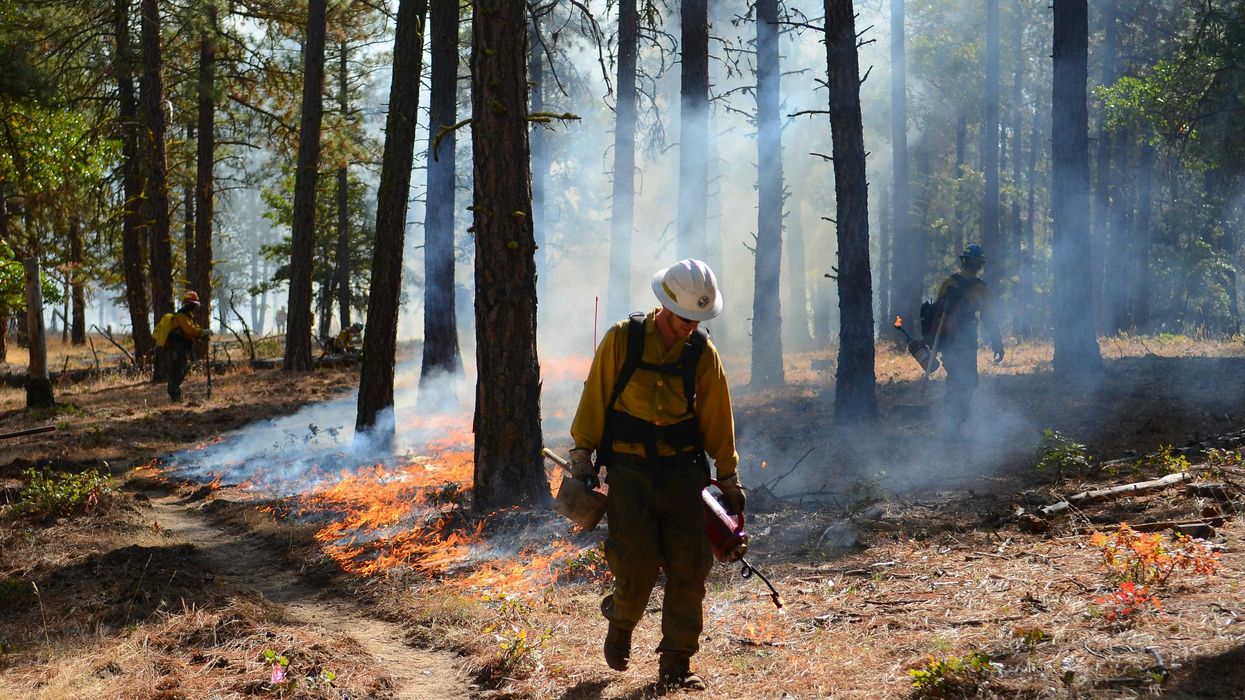As extreme weather and climate-driven disasters intensify, many local officials fail to send lifesaving warnings through a federal emergency alert system designed to quickly reach people in harm’s way.
Jennifer Berry Hawes reports for ProPublica.
In short:
- The federal Integrated Public Alert and Warning System (IPAWS) can send urgent alerts to cellphones and media, but many communities don't use it due to high software costs, inadequate training, or fear of backlash from false alarms.
- Since 2016, at least 15 federally declared disasters saw failures to send timely IPAWS alerts, with some alerts arriving only after catastrophic flooding, fires, or mudslides had already begun.
- In recent tragedies, including the July 4 floods in Kerr County, Texas, local leaders either slept through the event or opted to use less-effective systems, resulting in over 100 deaths, many of them children.
Key quote:
“The most common mode of warning system failure is failure to initiate warnings in the first place.”
— Art Botterell, former senior emergency services coordinator, California Governor’s Office of Emergency Services
Why this matters:
In an age of intensifying climate disasters, fast, clear communication can mean the difference between life and death. Yet across the U.S., particularly in rural or underfunded regions, many emergency managers remain unprepared or hesitant to use IPAWS, the government’s most powerful public alert tool. Technical issues, budget constraints, and a lack of training often prevent its deployment when it’s needed most. Without federal requirements or standards for using the system, alerting remains inconsistent and fragmented — leaving communities vulnerable during floods, wildfires, and storms. As disasters increase, so does the human toll from these missed warnings, particularly in areas where families may be asleep, out of cell range, or unaware that danger is coming.
Learn more: Early flood and fire warnings often go unheeded, leaving communities exposed to deadly disasters
















